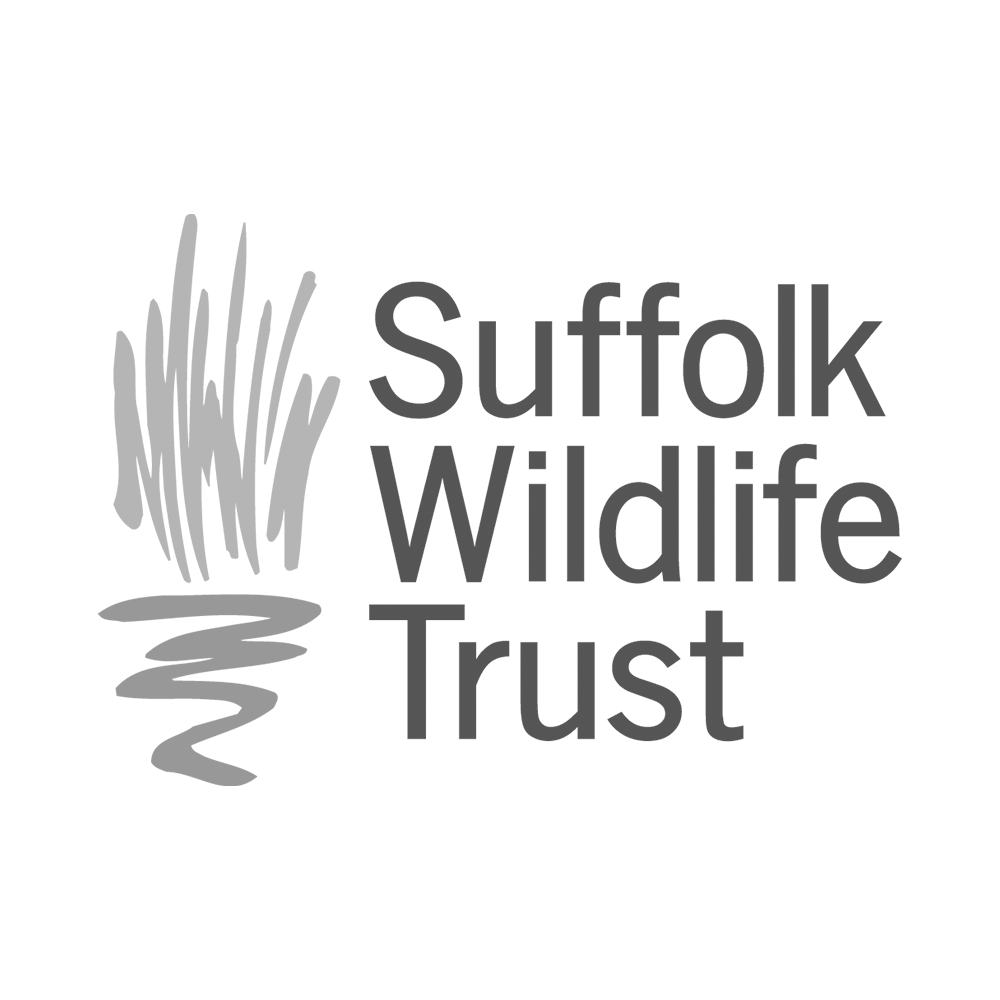Strategic spatial analysis
We are geo-spatial experts and have extensive and in-depth experience on ecological, landscape, green infrastructure, ecosystem services and estate management projects.
Our services are tailored to the individual client needs but cover a range of areas, including:
Integrating environmental data with social and economic data for informed decisions with real context
Expert interpretation of raster and vector data to provide new insights
Robust and repeatable analysis and modelling
Designing innovative methodologies so you can repeat the analysis in-house at a later date
Creating interactive web-maps for engagement and sharing information
Maps for all sorts of reports, participatory workshops and displays
case studies
Housing stock selection to target retrofit
energiesprong uk
The Challenge: Energiesprong needed a mapping tool to collaborate with Housing Providers to identify appropriate building archetypes and shortlist specific addresses for whole-house retrofit. This usually means selecting the most suitable c.100-150 properties from a housing stock of typically 20,000.
The Solution: In close collaboration with Energiesprong, we created Energiemap, a bespoke web-app that facilitates stock analysis and selection by allowing users to review housing stock with supporting, contextual information, including:
Archetypes across the Local Authority
Tenure of the Housing Stock (Leaseholder / Freeholder)
Pepper-potting (ownership of full terrace / block)
Estimated Gas / Electricity use (postcode)
Deprivation in the local area (LSOA)
Planning Conservation areas
The Outcome: Energiesprong and Housing Providers are now able to make better informed decisions, conduct more targeted tenant outreach, and ultimately ensure retrofit budget is used most effectively.
Spatial analysis to target city tree planting
Greater London Authority
The Challenge: The Mayor of London’s Environment Strategy includes a target to increase the area of London’s land area under tree canopy cover by 10% of current levels by 2050. Analysis was required to inform the Urban Forest Plan (UFP) and help realise the target.
The Solution: Firstly, by analysing the existing tree canopy cover data, in conjunction with a range of socio-economic, political, health and environmental datasets, priority wards for increasing canopy cover were identified.
Secondly, by integrating existing canopy and land-use data, an approach to identifying planting opportunities on the ground, in openspace and pavements, was put forward.
3D visualisations of new street tree planting were provided to demonstrate the benefit of planting new street trees in low canopy wards.
The Outcome: Statistics and maps showed opportunities for planting trees in openspace and pavement, where to prioritise planting and where to scale.
Travel time analysis to inform charity outreach programme
Wildfowl and Wetland Trust
The Challenge: WWT deliver a programme of environmental education for schools and had a requirement to better understand visiting and non-visiting schools within 1.5 hours drive of their centres. This research would inform marketing, policy and fundraising approaches to schools.
The Solution: The first step was to create isochrone ‘travel time’ polygons representing 1.5 hours’ drive time. Then, over 100 datasets were appraised for completeness, accuracy and appropriateness. 60 were selected for inclusion. This covered; Schools (ethnicity, free school meals, Ofsted), Neighbourhood demographics (Lower Super Output Areas, Index of Multiple Deprivation), accessible sites (Nature reserves, Open Access Land, parks and gardens).
The Outcome: The outputs from the data collection and collation were presented in several forms: a report, an Excel ‘database’ of results per school, interactive web-map, and A1 & A3 maps for office and reports.
Landscape regression analysis to inform hedgerow survey
Kent County Council
The Challenge: As part of the Lottery funded Old Chalk New Downs (OCND) project, Kent County Council needed to carry out a Map Regression Analysis. The aim was to reveal whether today’s field pattern, habitat field boundaries and public rights of way (PROW) had been present in the landscape for a long time. They then needed to undertake field survey to establish hedgerow condition today.
The Solution: A map-based landscape and PROW regression analysis was carried out based on Ordnance Survey Mastermap, Tithe maps, 1st Edition OS maps and recent Habitat Survey data. This established the longevity of Field boundaries, hedgerow integrity, and informed field survey effort. A field survey app was set up based on established hedgerow condition assessment guidance for staff to target recreation efforts.
The Outcome: The project resulted in several useful datasets which, provide actionable insight for restoration and management in the OCND project area. They directly inform the location of connectivity being carried out.
Pollinator habitat connectivity mapping
Buglife
The Challenge: Buglife wanted to expand their B-Lines project across 10 counties in East Anglia, and needed to inform discussions with landowners to be able to target funding for the restoration and improved connectivity of pollinator habitats.
The Solution: Maplango designed and implemented a complex GIS model based on resistance surface weights and least cost raster surface models, then prepared A1 and interactive web-maps for steering groups and workshops.
The Outcome: Professional quality A1 maps and interactive web-maps helped Buglife and landowners to create the ‘B-lines’ across East Anglia in the most effective locations.













